Do you want to assemble fiber optic cable in your beloved country, Brazil? But Brazilian tariffs are high aren’t’ they? Well, that’s something disappointing. Yet, there exists a way by which you can import fiber optic cable equipment from China to Brazil at zero tariffs!
Yes, you read it right! Brazil charges zero tariffs on goods imported from Chile; a nearby country. Thus, you can import fiber optic cable equipment from China to Chile. Then, from Chile to Brazil at no tariffs at all.
This article would be a detailed guide for you so that you may import the equipment to Brazil at zero tariffs. This post has subsections. So, you can jump on to any particular one according to your need.
Where is Chile?
Introduction and Facts:
Western South America has a country that occupies a long, yet narrow land, known as Chile. The Andes lies to the east, and the huge Pacific Ocean lies to the west of Chile. The country occupies a small area of 756,096 square kilometers. Furthermore, the country’s population is 17.5 million as per the 2017 survey. Santiago is Chile’s capital and is also the country’s largest city. The national language is Spanish.

Distance between Brazil and Chile
The straight line or air distance between Brazil and Chile is 3084.04 km (or 1916.34 miles). The estimated flight time from Chile to Brazil is approximately 3.38 hours.
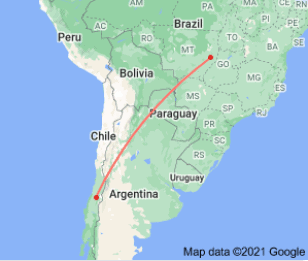
What are tariffs?
A tariff is a tax on goods that either enter or leave a country. The amount of money that is collected via tariffs is a ‘duty or customs duty. A customs department collects tariffs in countries all over the world.
Purpose of tariffs:
There are two main purposes of tariffs:
Raising Money:
The money collected through tariffs gets deposited into the country’s treasury. This helps the government run the country.
Protection of Local Industries:
Tariffs also protect the local industries from international competition.
For instance, if a shoe is being manufactured in China at $30 by a local company. And another country offers the same shoe for $25. This would affect the local manufacturer. People would prefer buying imported shoes in this case. So, tariffs are imposed on the imported shoes. This may increase their price to $35.
What is Free Trade Agreement (FTA)?
A Free Trade Agreement is a treaty signed between two or more countries. According to this treaty, two or more countries can trade goods with no tariffs.
Free Trade Agreement between China and Chile
An FTA was signed between the Chinese and Chilean presidents in November 2005. Thus, China and Chile charge zero tariffs on the imported or exported goods. These goods would include 97% of the total products over 10 years.
Thus, Brazil can import fiber optic equipment from China at zero customs duty! This is great news if you want to set up a fiber optic cable manufacturing plant in Brazil. Still confused? Well, don’t worry, we would explain to you, the further process in the sections below. Keep reading.
Free Trade Agreement between Brazil and Chile
Brazil and Chile signed the first Free Trade Agreement on June 6-,2018 in Brasilia. Thereby, zero tariffs would be imposed on goods belonging to the various industries.
This indicates that Brazil can import fiber optic equipment from Chile at zero duty.
Process of Importing Fiber Optic Cable Equipment to Brazil at Zero Tariffs
Here comes the most interesting part of this entire article! The section below explains the entire process.
Step 1. Register a Fiber Optic Equipment Manufacturing Company in Chile:
You will first need to register a fiber optic cable manufacturing company in Chile. This is necessary because importers need company details. The registration process is simple and doesn’t take more than 10 days.

Requirements for Registering a Company in Chile:
You must have the following details before registering a company in Chile:
Suggested Company Names The ’Chile’s company registry’ approves or rejects suggested company names. This department checks the proposed name. Thus, the registry must approve the proposed name before you move further.
A Brief Company Description
The description should mention the company’s goals and future activities.
Shareholders Details
Your company’s shareholders (if any) can belong to any nationality. But their names need to be stated in the details. The shareholders’ count can range from 2 to 50.
Director’s Details
The company’s director does not have to be a Chilean resident and can belong to any nationality.
Registered Address
Your company needs to have a registered office address. This address should be mentioned in the company’s details.
Get the Memorandum of Association
‘Conservador de Comercio’ collects this important document. So, you must submit this document as well.
Have a Legal Representative
A Chilean company must have a legal representative. The representative must be a Chilean native with a valid visa.
Get a Tax Identification Number
The IRS issues a tax identification number after completion of the above-mentioned formalities.
You can now start your business in Chile.
Step 2. Import Fiber Optic Equipment from China to Chile:
The second step is to import fiber optic cable equipment from China to Chile. The detailed importing procedure is explained in our previous post. Yet, there are some extra and important points to consider as discussed below:
Determine if the supplier can arrange the final assembly:
The fiber optic cable equipment is usually exported as a finished or semi-finished product. So, it is assembled by following a specific protocol. Most of the suppliers have an assembling team. The team helps the buyer to assemble the equipment once it reaches its final destination. So, you should finalize whether the supplier can arrange the assembly and installation of the equipment in Chile or Brazil.
Determine the HS code:
HS (harmonized system) code is an international standard for names and numbers. HS code classifies the traded products. As a buyer, you need to verify the HS code on the production line. For example, the HS code on Hong Kai’s production line is 84794000. HS code is verified part by part if the goods are in form of different fragments.
Get an accurate circuit diagram from the supplier:
You need to get an accurate and simple circuit diagram of the imported equipment. This includes water circuit diagrams and layout diagrams of the complete production line. These diagrams will assist you in the maintenance and installation of the equipment.
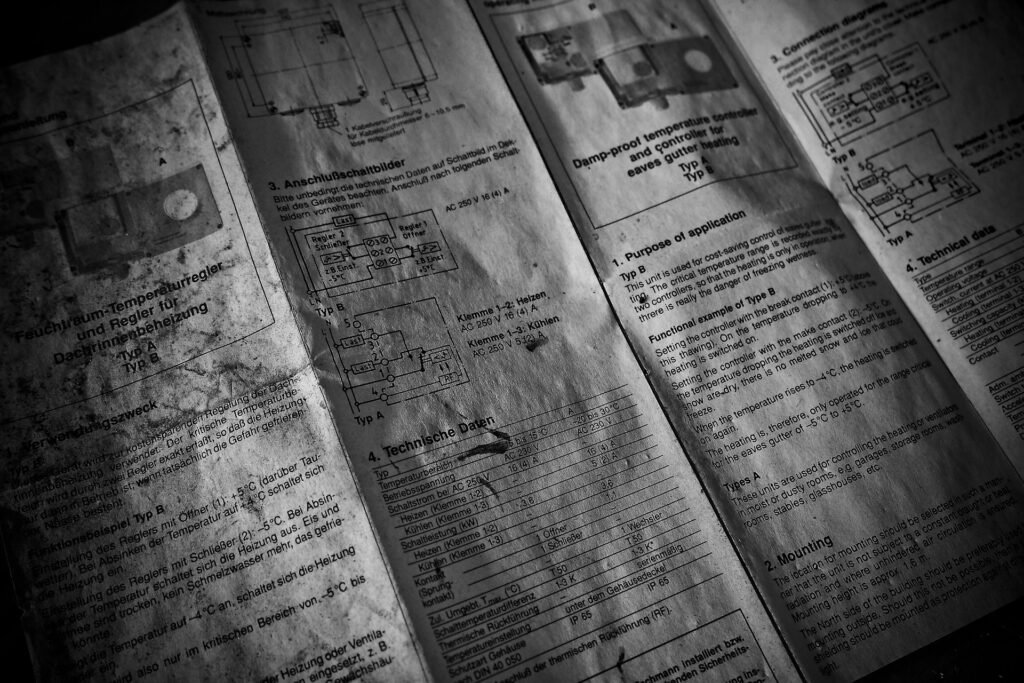
Get a detailed installation manual from the supplier:
The supplier needs to provide a detailed installation manual. The supplier sends an installation team to assist the buyer. This team handles the installation and assembly of the equipment. But, sending a team in the current pandemic situation is not possible. Thus, the installation manual needs to be a very detailed one. The manual needs to state even the most minor steps.
Tools list:
The equipment’s assembly requires some tools. These tools must be stated in a list of tools. The supplier must provide the tools list.
Determine the Operation Procedure:
The most important step in the entire process is operating the imported equipment. You need to finalize the following details with the supplier:
In case you have a program engineer, the supplier must provide the complete program for the production line. The program can be adjusted and modified by the engineer according to the requirements.
But, if you don’t have a program engineer, the supplier needs to install the program into the PLC in advance. Then you need to hire a program engineer to make micro-adjustments in the program. A program engineer can usually be hired at $3000/ month.
Step 3. Assemble the Fiber Optic Cable Equipment in Chile
Once you have imported the fiber optic cable equipment parts, the next step is to assemble them. Yet, the following points need to be considered before and during the assembly process:
Cross-check the list of received goods with the list of ordered goods
Verify if the received equipment or accessories are complete, and no part or accessory is missing.
Check the installation manuals/layout diagrams
Check if the supplier has sent the following:
- Installation manuals
- Layout diagrams
- Circuit diagrams
- Water circuit diagrams
- Tool lists.
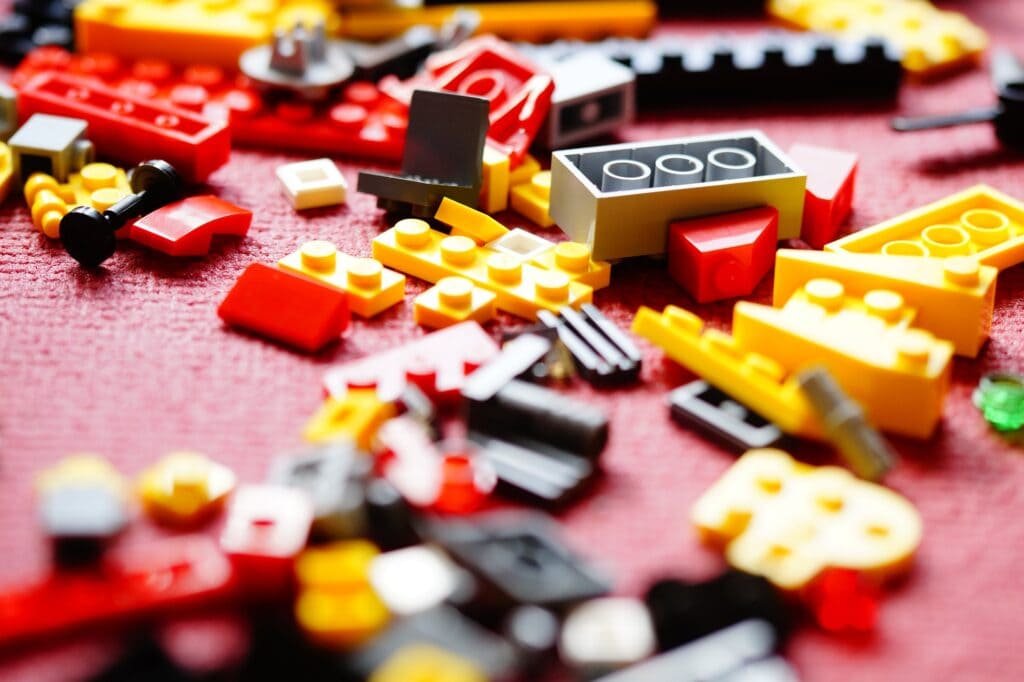
Set up the equipment according to the layout/list
Set up the semi-finished products and accessories according to the assigned number and layout.
Read the installation manual/installation drawings
Follow the installation manual/installation drawings while assembling the equipment.
Install with care
The installation process resembles the assembling of Lego toys. Yet, there aren’t enough spare parts available in this case. So, installation must be done with great care.
Step 4. Test the Production Line in Chile
The testing process should be carried out in the following phases:
Power the main electrical cabinet:
The next step is to energize the main electrical cabinet.
Test all the following:
- Motors (The motor’s normal direction of rotation is clockwise and must be verified.)
- Electrical appliances
- Electronic components
Also test the other electrical components such as:
- Inverter
- Ammeter
- Temperature control table
- Selector switch
⚠️Caution!!!
The main power line carries a huge voltage of 380V, 50Hz, and is a three-phase five-wire. The ground wire must be connected to avoid any electrical hazards.
Temperature Calibration:
Temperature calibration needs to be done before turning the betting machine on. For this, use the thermometer placed in the barrel heating section, and test if the actual temperature is equal to the temperature set.
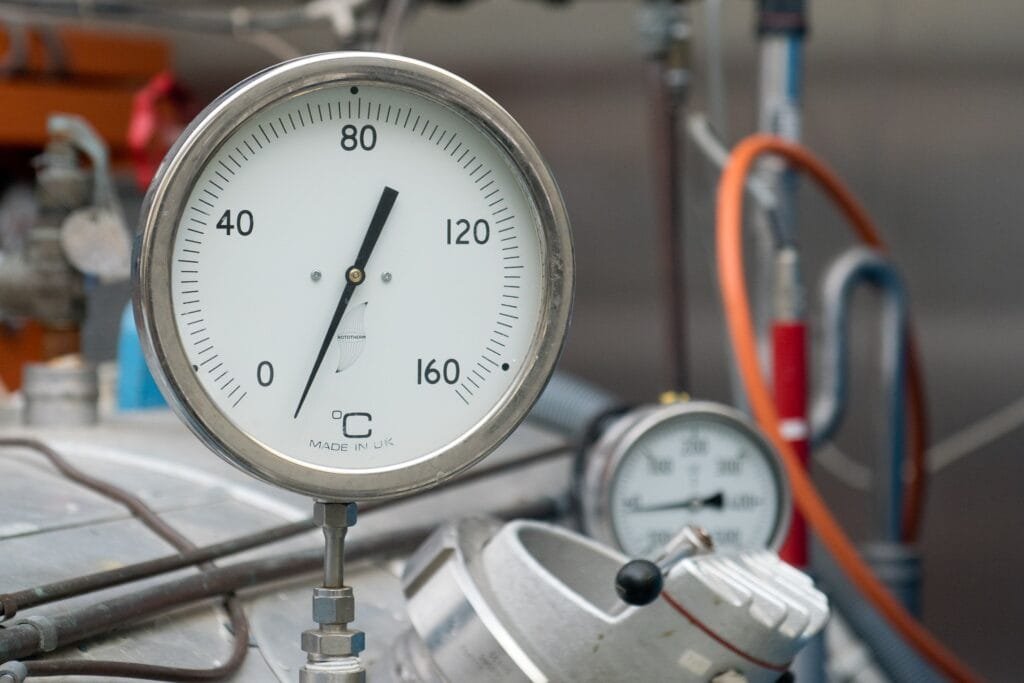
Check the water flow:
Although the water flow mechanism for each piece of equipment is different. However, the normal operation of all the refrigeration equipment can be checked using the same technique. For normal operation, the water flow must be cyclic and the warm water should be separated from cold water.
Baking:
The drying temperature is set for any adhesive material such as PE. The material is baked for 24 hours to ensure the removal of any impurities in the adhesive material.
Checking the production line in detail:
After checking and following the basic steps stated above, the next step is to examine the production line in detail. This includes the following steps:
Set the temperature:
The temperature must be set half an hour before the actual testing process starts. Since the melting point of the rubber is high, so this usually takes thirty to sixty minutes.
Start the extruder:
A new extruder takes 15-25 minutes to discharge the impurities present in the barrel.
Check the fiber’s data speed:
Examine the fiber’s data speed to ensure minimal attenuation effects in the cable after its ready.
Check the equipment’s linkage:
Select the linkage mode and check if there is any abnormality in the values of the cable’s outer diameter.
Check the data variance of the fiber optic cable:
The last test is to check whether the data in the line varies a lot. The data flow in the fiber optic cable needs to be in line with our requirements.
Step 5. Re-export the Fiber Optic Cable Equipment to Brazil
The next step is to re-export this assembled equipment to Brazil. As mentioned above, Brazil and Chile have signed a free trade agreement, so no tariffs will be imposed on this equipment by either of the countries.
The next part is to select the transport method for the transfer of the equipment from Chile to Brazil. The possible transport methods are as follows:
Possible Transport Methods to Export the Fiber Equipment from Chile to Brazil:
Road Transit:
The most workable and efficient way of transporting goods from South American countries to Brazil is by road. Chile is also a South American country. So, this method is most suitable to transport the equipment from your company in Chile to Brazil. A study shows that 60% of cargo transport in Brazil is handled by roads. Almost all the state capitals have access to either paved roads or highways. A survey conducted by CNC depicts 1.7 million kilometers of roads in Brazil.
Road transport in Brazil is handled by National Land Transport Agency.
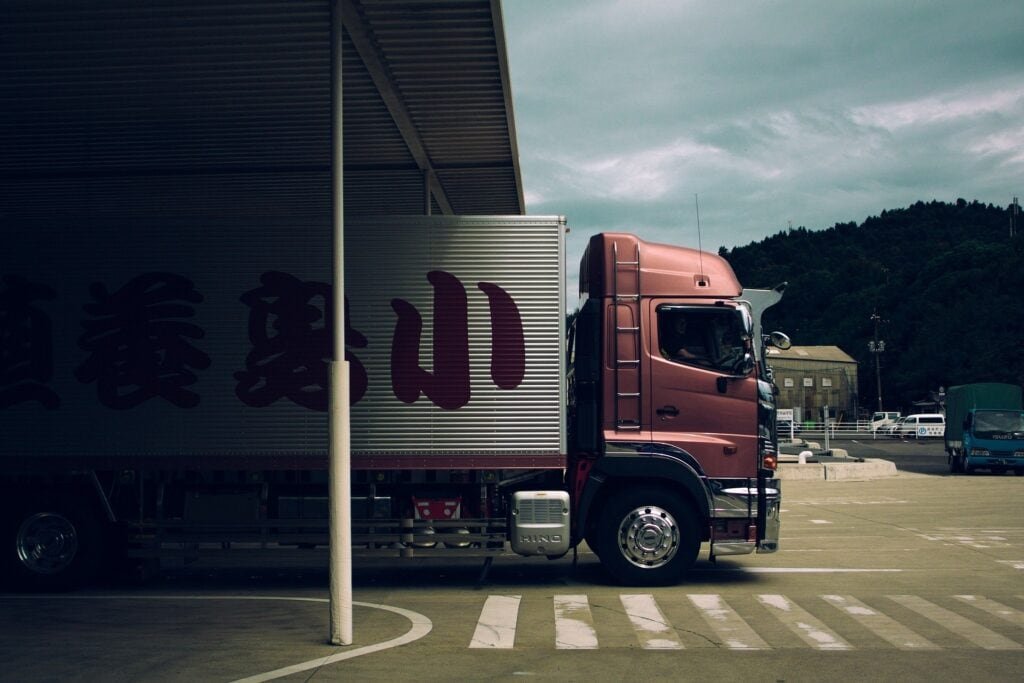
Rail Transit
The second most frequently used means of goods transfer to Brazil is via railway. The railway system in the country covers a large area of 30,000 kilometers. However, São Paulo and Rio de Janeiro have substantial commuter train routes.
The rail transport in Brazil is handled by National Land Transport Agency.
Sea Transit
Despite having a large coastline of 8.5 thousand kilometers, only 13% of cargo is transported into Brazil via sea. According to a survey, about 1,104 billion tons of cargo was moved by Brazilian ports in the year 2019. Yet, sea transit represents only 5% of the Brazilian foreign trade.
The sea transport in Brazil is handled by Government Agency for Sea Transport.
Total cost
Although no tariffs are imposed on the goods imported from Chile to Brazil. However, there is some additional cost that you have to pay. This includes:
- Cost of registering a Chilean company
- Cost of Chilean premises
- Cost of installation tools
- Engineer’s fee
- Costs of transporting from Chile to Brazil
This cost is still lesser than 25% of the high tariff that you have to pay if you import the goods to Brazil from any other country.
Ending Remarks:
Brazilian tariffs are notoriously high. Therefore, if you import fiber optic cable equipment directly from China to Brazil, you would need to pay a high amount of customs duty. However, the same equipment can be imported with zero tariffs by following the process explained in this article. For more details, visit our website blog!





